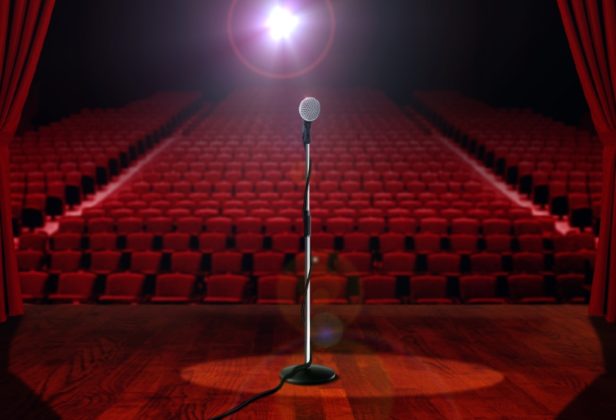Advancing women and other underrepresented playwrights, screenwriters, and storytellers of all sorts means we can have many versions of many stories, creating a richer, more complex understanding of our world.
Female voices have been marginalized on American stages far too long. Last year, I discovered that I, myself, have been contributing to this obscene disparity of power.
As a founder and artistic director of a multicultural theater company, I select which voices will receive a platform at the Bishop Arts Theater Center in Dallas, Texas. It never occurred to me that white male playwrights dominated my theatre season until I saw The Count, sponsored by the Dramatists Guild of America and the Lilly Awards. This survey of 2,508 theaters across the country found that women had written only 22% of the plays produced in regional theaters over the last three years. For playwrights of color, the numbers were even more dismal—a mere 3%.
I had never noticed this was happening at my own theater, even though I am a black female playwright. And even though I owe my entire career in the arts to theater created by black role models who made me believe I could do this.
Growing up in Albany, Georgia, there were very few cultural outlets available to me. Seeing the TV movie version of The Wiz in high school literally changed my life. For me, the production captured the essence of African-American life. The music, produced by Quincy Jones, with songs by Luther Vandross, Charlie Smalls, and others, spoke to every fiber of my being (much more than did the book and script by white writers). The choreography by George Faison, the first African-American to win a Tony Award for choreography, thrilled me. Although critics said Diana Ross was old for the role of Dorothy, to me, she was the paragon of grace and elegance. I was excited to see a black woman in a positive role.
Never would I have considered a career in the arts had I not seen The Wiz as a child. From that moment, my lifelong infatuation with the arts took root.
As a result of this experience, I’ve made sure that my theater stages plays by writers of color. But I hadn’t asked the next obvious next question: “Where are the women?” Clearly I have not been conscientious enough. But in my defense, artistic directors like me are overwhelmed by a barrage of advertisements for plays written by men. It’s easy to get blindsided. Since then we’ve created a one-act festival, “Down for The Count,” that features local and national female playwrights and is now a staple in our season.
The importance of diverse voices has come home to me in recent weeks. Lin-Manuel Miranda’s historic 16 Tony Award nominations for Hamilton reminds us of the power of fresh points of view and new stories. And earlier this year, I had the good fortune of seeing Alice Walker’s Pulitzer Prize winning play The Color Purple on Broadway. It was a diverse audience and at the curtain call, Walker poignantly reminded us of that common thread that connects us all. There wasn’t a dry eye in the house. What a loss to the world if this play hadn’t reached the stage. Advancing women and other underrepresented playwrights, screenwriters, and storytellers of all sorts means we can have many versions of many stories, creating a richer, more complex understanding of our world.
This issue is also on my mind as summer theater camp approaches. At my theater, like many others, 70% of our summer students are girls. Because plays by white men get so much more exposure than all other shows, I know that more often than not, these girls will be playing roles written by men. This really matters. When we allow only white men to tell the story, we’re teaching our daughters that women’s voices—their voices—don’t count. Award-winning playwright Marsha Norman said, “If life worked like theater, four out of five things you had ever heard would have been said by men.”
I’m looking ahead to my theater’s summer program for students, hoping for a future where more girls can play roles created by women. Kids need to see people like themselves succeeding. And in the arts, we still have a long way to go. At my theatre, I’m teaching arts entrepreneurship classes this summer to empower our students so they’re not blindsided by disparities like gender inequality in the industry.
I also plan to vote with my dollars, and I encourage you to as well. Sixty-eight percent of Broadway audience members are female. What if those female ticket buyers supported more female playwrights? Personally, I plan to see Eclipsed by Dania Gurira, Fully Committed by Becky Mode and Fun Home by Lisa Kron this year.
I challenge you, too, to make a special effort to see a play by a female playwright. If you can’t find one in your community, e-mail your local artistic director to ask for more plays by women (see kilroys.org for an impressive list). For our daughters and ourselves, it’s high time that more women and playwrights of color are given the spotlight. I, for one, will do whatever I can to put them center stage.
Teresa Wash, a Dallas Public Voices participant, is a founder and artistic director of Bishop Arts Theater in Dallas.
Other Links:

